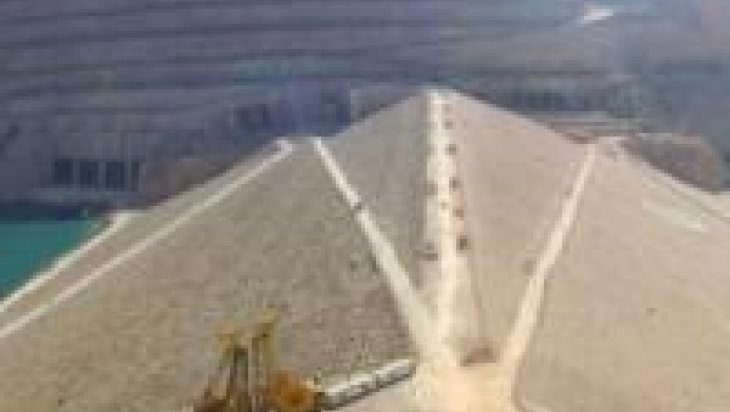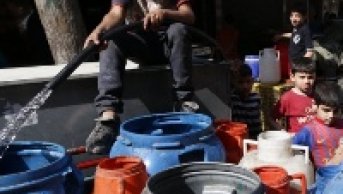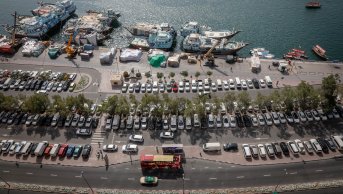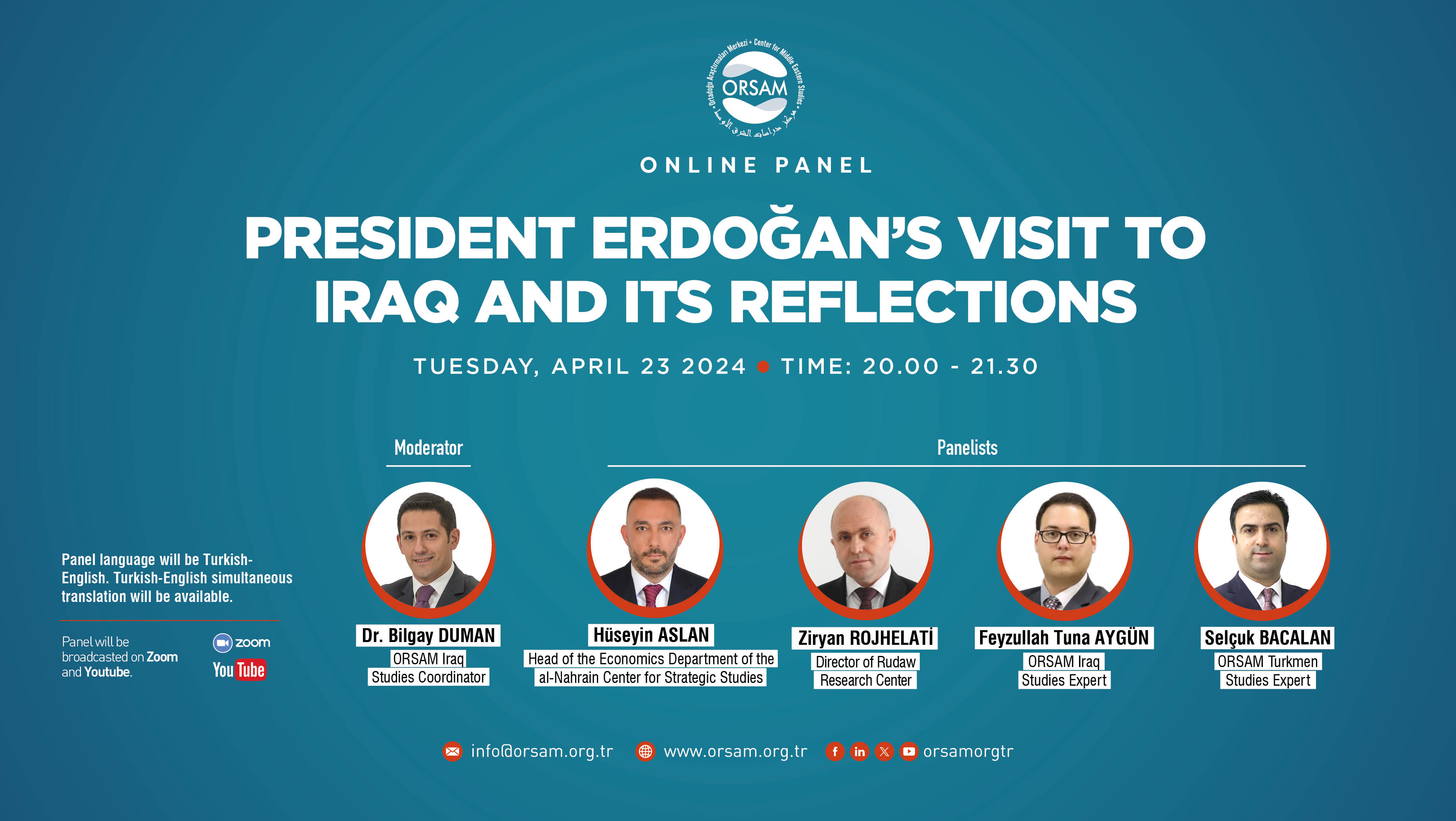Iran to Resolve its Water Shortage Through a New National Water Conservation Plan

Iranian President Hassan Rohani, who began his term in office on Aug. 3, 2013, said he would put the protection of Lake Urmia at the top of his agenda during the election campaign. After his election, Rohani established a working group headed by Iran's energy minister on Aug. 19 to save Lake Urmia. As a matter of fact, the drying up of Lake Urmia has also highlighted the water shortage in Iran, especially in recent years.
The water shortage in Iran is directly related to its dense population and mismanagement of water resources as well as current climatic conditions. At a meeting of Iran's High Council for Water held on Oct. 29, President Rohani stated that a national water conservation plan must be drawn up for the conservation and efficient use of water. Other issues discussed at the meeting, which was attended by ministers and high-ranking officials, were as follows: Tap water in the large cities of Mashhad and Isfahan; the water quality of the Karun River, which has recently seen disputes over the dams planned to be built there; and the issue of the Gotvand Dam, an embankment dam on the Karun River in Khuzestan, which was inaugurated in 2013 and whose second phase is projected to be completed in 2015, after which it will become Iran's highest earth-filled dam.
At the meeting Rohani said Iran's water shortage must be resolved through national will and that all relevant institutions and bureaucrats must participate in the process.
Furthermore, Rohani went on to say that legislation regarding water must be approved and any violation of the law should be dealt with. Also, the involvement of NGOs and users in the management of water resources could support these changes.
As for the main reasons for the water shortage in Iran, while the average annual rainfall of Iran, where a semi-arid and arid climate prevails, is one-third of the world average, the evaporation rate is three times above the world average. The expansion of cities due to immigration and developments in the agricultural and industrial sectors lead to problems in the demand for potable water and also other uses of water. The expansion of cities, as well as population growth, particularly increases the demand for potable water and water to be used in agricultural irrigation and the industrial sector. Dams and water conduits are constructed to generate electricity, avoid flooding and for irrigation, while an amount of water above the safe level is drawn from groundwater resources to meet water demand, and water is redirected to meet the water needs of basins that are drier and more densely populated. It has already been stated that the projects Iran has carried out to meet its water demand will remain insufficient and that Iran needs to restructure its water management. Iran is more likely to be successful after these latest developments and especially after Rohani put the water issue at the top of his agenda.









